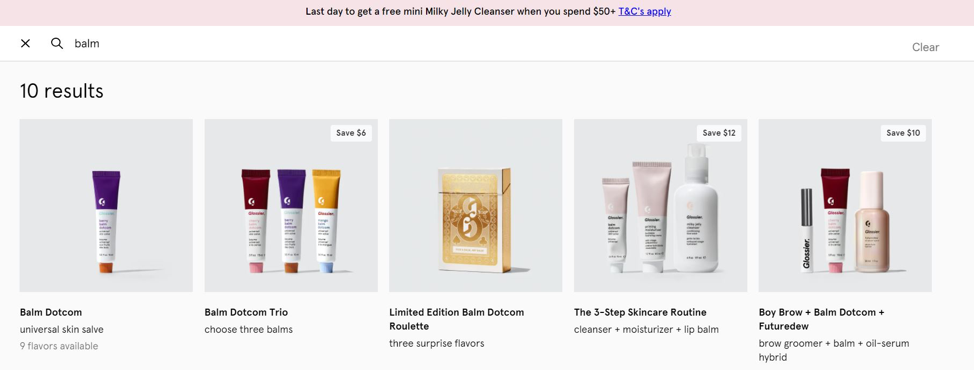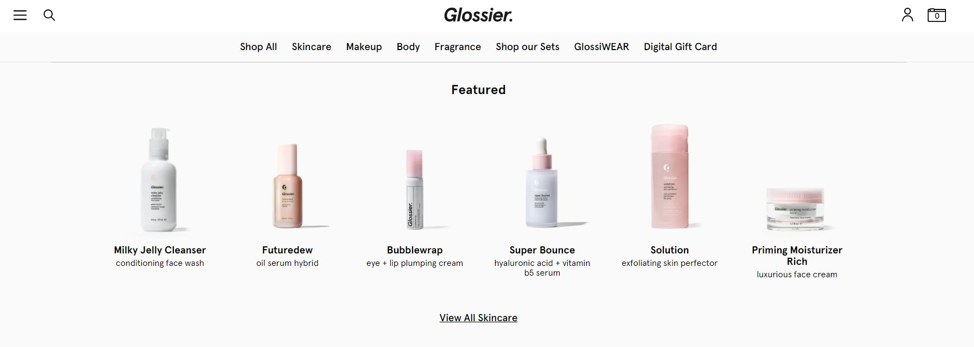Customer pain points refer to problems that shoppers experience that prevent them from making a purchase. For example, a customer may be interested in your product, but limited payment options may deter him or her from following through and making a purchase. Meanwhile, others may be discouraged from making a repeat purchase due to a poor experience the first time around.
StartupNation exclusive discounts and savings on Dell products and accessories: Learn more here
As an entrepreneur, you must be able to recognize these common issues to increase conversions. Below are some tips for fixing common e-commerce pain points:
Create a referral program
Consumers often turn to product descriptions and reviews to assess whether a purchase is worth it. They skim through articles, case studies, blog posts or product reviews, but it may not be enough to seal the deal.
A good tip to get over this hurdle is to start a referral program. This allows brand advocates to receive incentives, such as freebies, discounts, coupons or exclusive offers, for recommending products to their friends and family. Since consumers are generally more likely to trust their family and friends over a brand, it’s a cost-effective way to get more people through your sales funnel.
In fact, ReferralCandy found that 86 percent of consumers trust word-of-mouth, making it one of the most trusted forms of e-commerce marketing. Plus, customers acquired through word-of-mouth spend 200 percent more than the average customer and make as twice as many referrals themselves.
For example, the Bombas referral program rewards brand advocates with free socks for referring their friends. In turn, referred friends receive a discount on their first purchase.
Learn more about how you can create your own referral program here.
Related: Make 2021 the Year of the Customer
Encourage customer loyalty
Retaining existing customers creates more revenue for your business, and repeat customers are easier to sell to than new ones. To solve the dilemma of customer churn, consider launching a customer loyalty program that lets users earn points and incentives for continuously patronizing your brand.
According to Candybar, 81 percent of customers are likely to remain loyal to brands with a loyalty program.
For example, take the Starbucks customer loyalty program, which has a tiered rewards system that lets shoppers accrue points for every dollar spent. Points accumulated can then be used to redeem free food or drink.
Streamline the checkout process
The average cart abandonment rate across all industries is 69.57 percent. A multi-step purchase process that requires account creation, email verification and a complicated payment process may deter potential customers from making purchases.
But luckily for e-commerce entrepreneurs, there are no-code tools with which you can integrate your e-commerce store, like Shopify with Stripe. You can easily implement a one-click checkout process that lets first-time customers make a purchase without creating an account.
Provide real-time shipping and delivery information
Customers want to know shipping and delivery details as soon as they place an order. They want to know when their order has been processed and when the package will arrive on their doorstep. That’s precisely why you should send emails with real-time tracking to keep customers satisfied and cut down on inquiries related to shipping.
After an order is placed, provide customers with an email confirming their purchase, and another one that offers tracking details once the order has been packaged and sent.
Sign Up: Receive the StartupNation newsletter!
Poor website navigation
Website navigation is one of the most crucial aspects of the customer experience. With a clunky and complicated website, customers may be dissuaded from browsing your store and making a purchase.
In fact, 94 percent of consumers say that ease of navigation is the most critical website feature.
Your website must have a search bar, clickable CTAs and a mobile-friendly interface. It must also be easy for customers to find specific products, services or information.
Take, for example, Glossier. When a user begins typing in a search term, the search bar brings up a variety of products relevant to that search term, as you’ll see below:

Upon hovering to the main product categories, customers can also view featured products and select them for more information. This type of user experience often motivates customers to browse for more products. Additionally, the products themselves are arranged and categorized by type, creating a user-friendly browsing experience.

Product availability
Product availability is a major concern for shoppers, as consumers don’t want to purchase a product only to find out that it’s out of stock. Having a reliable inventory management system will help you keep track of product availability. You can also create a demand projection quarterly so you won’t miss out on sales.
For example, Etsy listings often show the number of a given product left in stock. This may motivate potential customers to purchase the product quickly for fear of missing out. This is one of the many “tricks” you can implement as a seller on Etsy.
Offer real-time support
In today’s fast paced world, customers demand efficient customer service. They want immediate answers to their questions, otherwise, they will quickly lose interest and look elsewhere.
Having real-time live chat software or chatbots can instantly answer product-related inquiries and offer real-time assistance. A study found that an astounding 1.4 billion people use messaging apps and are willing to talk to chatbots.
Chatbots can help customers with frequently asked questions and direct consumers to relevant channels. And if shoppers are not satisfied, chatbots can then connect them to customer service teams as the last resort.
For example, the Sephora Reservation Assistant is an appointment booking service that lets customers book reservations at physical outlets without talking to a customer service assistant. They can instantly pick their service and choose their preferred time slot at nearby branches.
Key takeaways
There are numerous ways entrepreneurs can fix e-commerce pain points and boost their conversions. You can start a referral program to improve your word-of-mouth marketing or launch a loyalty program to boost customer retention. Alternatively, you can also use chatbots to improve customer service. These are only a few out of the many ways you can solve customer pain points with your e-commerce business, but they’re a great place to start!
The post 7 Common E-Commerce Pain Points (and How to Fix Them) appeared first on StartupNation.
via https://www.AiUpNow.com/ by Raul Galera, Khareem Sudlow
